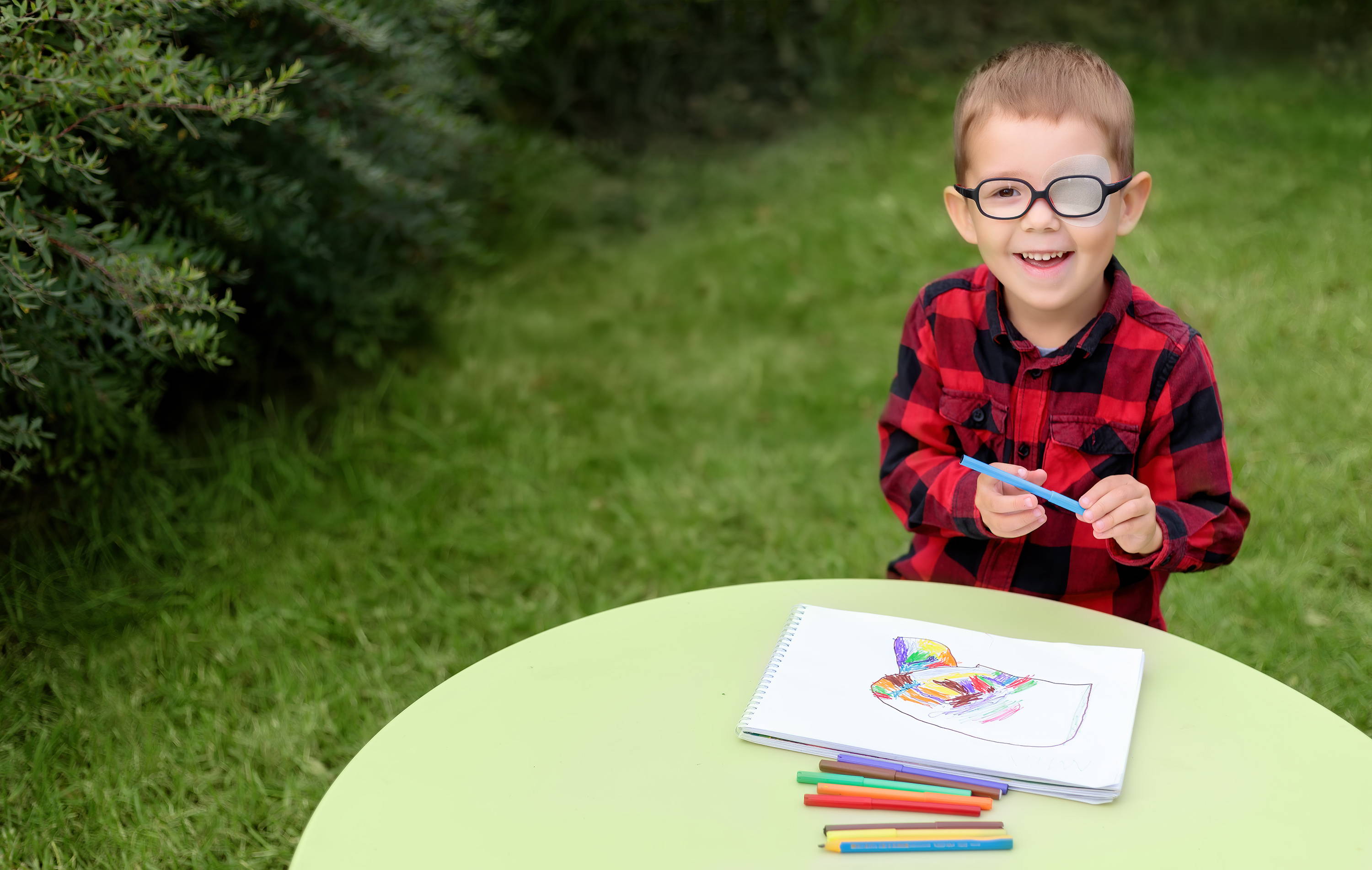Can brain ultrasounds help diagnose and treat vision problems in children?
Researchers at the Urban lab (NERF) apply functional ultrasound imaging, a brain monitoring technique they pioneered, to learn more about the mechanisms underlying amblyopia or lazy eye. Together with an international consortium of researchers, they hope to develop better diagnostics, and ultimately treatments, for the millions of kids affected across the globe.
25 Feb 2022
Lazy eye or lazy brain?
Amblyopia, the official name for what’s commonly known as lazy eye, is a disorder of sight in which the brain fails to fully process inputs from one eye. Over time, the brain favors the other eye resulting in decreased vision in an eye that typically appears normal in other respects.
Amblyopia generally develops sometime between birth up to the age of 7 years and is the leading cause of decreased vision among children and young adults.
Early diagnosis and treatment could help prevent long-term problems but it is currently unclear how or why this reduced vision originates and which children could benefit from different treatment options.
If not diagnosed early and treated promptly, eyesight could be permanently affected since the recovery of lost vision decreases sharply beyond the age of 8 years. Only a small fraction of about 200 million affected children, mostly those living in locations with high-quality healthcare and education structures in place, have access to timely and precise diagnosis and long-term support.
From cats to kids
With a new visuomotor feedback task and using functional ultrasound imaging, we now hope to learn more about what goes wrong in the brains of amblyopia patients.
We will record brain activity and eye- and limb motion while they navigate a virtual reality set-up. Using machine learning, we can determine differences between people with and without amblyopia.
To collect high-resolution information on brain activity, we will also use cats as a preclinical model, since the visual system of cats is very similar to that of humans. We use a technique called functional ultrasound imaging to link the activity of brain areas deep in the cat brain to amblyopia. Functional ultrasound imaging is based on Doppler ultrasound and can record real-time activity over the entire brain at unprecedented spatial and temporal resolution.
We have joined forces with colleagues in Hungary, Romania and Norway to bring all expertise together to learn more about the origins of amblyopia. Our ultimate aim is of course to develop a sensitive and informative test for amblyopia and set new and better directions for therapy, so that more kids get the chance to grow up with intact eyesight.
Other project partners
- Maria-Magdolna Ercsey-Ravasz
Transylvanian Institute of Neuroscience, Network Science Department, Romania
Babes-Bolyai University, Physics Department, Romania - Koen Vervaeke
Institute of Basic Medical Sciences, University of Oslo, Norway - Zoltan Zsolt Nagy
Department of Ophthalmology, Semmelweis University, Hungary







